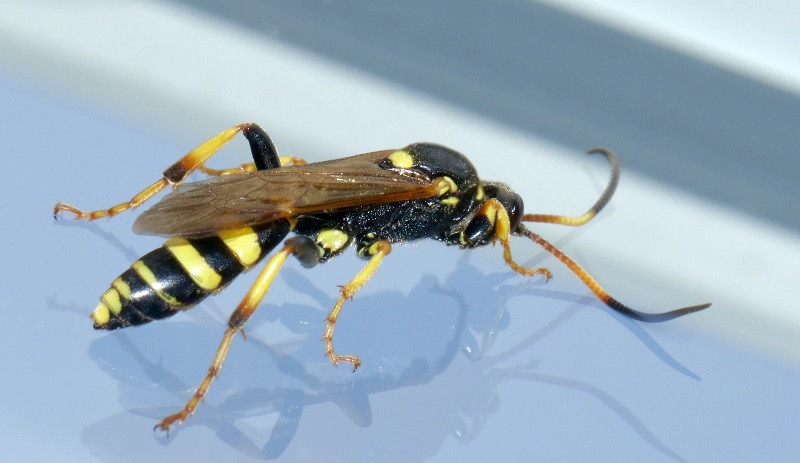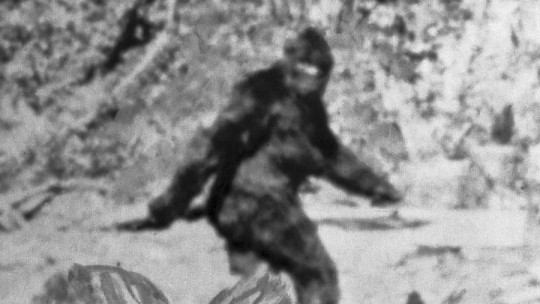Hypotheses are the central element of the scientific method and the way in which we can establish conjectures.
However, sometimes it is difficult to understand the logic behind these approaches. That is why we are going to carry out a tour of 25 examples of hypotheses with the aim of clarifying the operation of the scientific method
What is a hypothesis and what is it for?
Before explaining each of the 25 examples of hypotheses, we must define this concept. The word hypothesis comes from Greek and means below the conclusion supported by reasoning. Is about a statement about a question we are trying to verify The moment this occurs, the hypothesis will cease to be a hypothesis and will become a verified statement, because we have verified that the phenomenon in question occurs just as we had anticipated.
The hypothesis is the fundamental body of the scientific method. Any advance in science is preceded by the establishment of a scientific hypothesis that a researcher has posed. The important is that This hypothesis must have been formulated based on data previously collected Afterwards, it can be maintained as a proposal that tries to explain a phenomenon whose functioning was unknown until now.
The other option is to try to demonstrate said hypothesis through empirical testing. To do this, the hypothesis must be falsifiable, that is, it must be clear enough for researchers to be able to carry out the experiment that allows them to verify that the approach and the result are correct or, on the contrary, they are not.
In order to state a hypothesis, the first thing we have to do is gather all the available data we need Then we will have to compare them to be able to establish the different explanations for the phenomenon we are studying. Finally we will choose the one that offers us a greater probability of being plausible and we will formulate the hypothesis on it.
List with 25 examples of hypotheses, explained
Once we know in detail what the concept at hand consists of, we can now go on to list the 25 examples of hypotheses that will allow us to consolidate this knowledge.
1. Life expectancy of elephants
A first hypothesis could be that the life expectancy of elephants is 70 years. In order to formulate it we will have to have verified the age at which the majority of elephants die according to records. Once the data is collected we will make the average to verify that, indeed, these animals die when they reach a figure of around 70 years.
2. There was liquid water on Mars
Another hypothesis would be that there was liquid water on Mars. In this case it is evident that scientists cannot travel back in time and verify that the Red Planet actually housed water in a liquid state, but they can base their statement on evidence that exists today, such as geographical features that could have been generated by the course of rivers.
3. Each generation is smarter than the last
The hypothesis that each generation of human beings is more intelligent than the predecessor must be tested by comparing IQ studies of different generations to see if the results actually improve in each cycle.
4. Diamond is the hardest mineral
To test whether the hypothesis that diamond is the hardest mineral is true, geologists have to test the hardness of all known minerals. If the diamond turns out to be the hardest of all of them, the hypothesis will be verified as true, at least as long as no harder diamond is found.
5. The vote in favor of Brexit was greater in rural areas
If before the Brexit elections the studies prepared hypotheses such as that the vote in favor of it would be more abundant in rural regions than in urban areas, this statement could be corroborated once all the votes were scrutinized and a map by area was made.
6. It is possible to condition insects
Another of the 25 examples of hypotheses could be that it is possible to apply the learning method known as conditioning even in insects. The studies to verify this will involve research in which some of these animal species are conditioned, as has been done.

7. Vitamin C improves the immune system
Medical researchers could have considered that certain doses of vitamin C in the human body were capable of improving our immune system. The study would involve the application of this vitamin in a study group versus a control group that would not be given If the former developed a stronger immune system, it would mean that the hypothesis was correct.
8. The freezing point of mercury is -38.83ºC
Another example of a hypothesis would be that the freezing point of mercury is set at -38.83ºC, easily verifiable by lowering the temperature of this material and checking the exact degree to which the change in the state of matter occurs. .
9. Millions of years ago there was a primeval continent
Geologists maintain the hypothesis that millions of years ago, there was a single continent on Earth, which they call Pangea. It cannot be directly verified because it is a past fact, but research suggests that this hypothesis is correct.
10. Abortion legislation in Catholic versus Protestant countries
A sociological hypothesis could affirm that traditionally Catholic countries are more restrictive in terms of abortion legislation than Protestant countries. To check whether the hypothesis is correct or not, it would be necessary to review the laws of Catholic and Protestant countries on this matter and establish a general comparison.
11. Chimpanzees have theory of mind
Continuing with the 15 examples of hypotheses, another of them would be that chimpanzees have theory of mind. The studies referring to this matter must empirically verify with some specimens of these animals whether they pass certain tests that are key to being able to make such a statement.
12. The cheetah can reach 130 km/h
The hypothesis that cheetahs can reach 130 km/h while running would have to be corroborated by measuring these animals when they are at their top speed, chasing prey in an open field.
13. Black holes emit radiation
A hypothesis established by physicist Stephen Hawking is that black holes emit radiation, Hawking radiation. Thanks to an experiment using an analogous model developed by Dr. Juan Ramón Muñoz de Nova and published in the journal Nature in 2019, it has been shown that this radiation does indeed exist.
14. Phosphane gas exists in the atmosphere of Venus
One of the most recent studies tries to test the hypothesis of whether there is indeed phosphane gas in the atmosphere of Venus, which could be a biological indicator.
15. Participation in the elections will exceed 70%
Continuing the list of the 25 examples of hypotheses, we could anticipate that participation in the next general elections would exceed 70%. The only way to test the hypothesis is to wait for the count and see if this figure is actually exceeded.
16. Dogs can learn by imitation
A hypothesis about animal behavior would be that dogs are capable of learning by imitation, that is, by vicarious learning. There are studies in this regard in which researchers have developed situations to test the statement and have concluded that it is correct.
17. The blue whale is the largest animal in the world
A statement in the form of a hypothesis is that there is no animal larger than the blue whale in the world. So far it has been proven to be true, since none exceeds the 29 meters that this cetacean can reach.
18. Earth’s escape velocity is 11.19 km/s
Physicists established at the time the hypothesis that no object can leave the Earth if it does not exceed 11.19 km/s. This statement was based on calculations and was later verified empirically by launching the first rockets that managed to leave the atmosphere behind.

19. The deepest place on Earth is the Mariana Trench
Another hypothesis states that there is no deeper point on our planet than the Mariana Trench. This place reaches 11 kilometers below sea level and so far no deeper place has been found.
20. The continent with the highest birth rate is Africa
In the 25 examples of hypotheses we could include that Africa is the continent with the highest birth rate. This statement It can be verified in a simple way, establishing a comparison between the indicators of the five continents and proving that the African continent is the largest of them.
21. Breathing exercises reduce anxiety
A hypothesis related to anxiety pathology is that certain breathing exercises reduce these symptoms, at least in part. It can be verified with an experimental group versus a control group.
22. Homo sapiens emerged more than 300,000 years ago
The hypothesis that our species has been on Earth for at least 300,000 years has been proven true, since there are sites with remains of Homo sapiens dating back 315,000 years.
23. Pluto takes 247 years to complete the translation
Astronomers could establish the hypothesis that Pluto takes more than 247 years to complete a cycle around the Sun, a matter that can be verified by carrying out the corresponding observations and calculations.
24. The highest mountain in the Solar System is Mount Olympus
Likewise, it could be stated that there is no higher mountain in the entire Solar System than Mount Olympus, on Mars, since it reaches 22.5 km in height and no greater elevation of the terrain has been observed.
25. The Dutch are the tallest Europeans
The last of the examples of hypotheses is that the Dutch are the tallest Europeans. We can say that the hypothesis is true by comparing the average height indices of the different countries in Europe and discovering that Holland is the largest of them.









